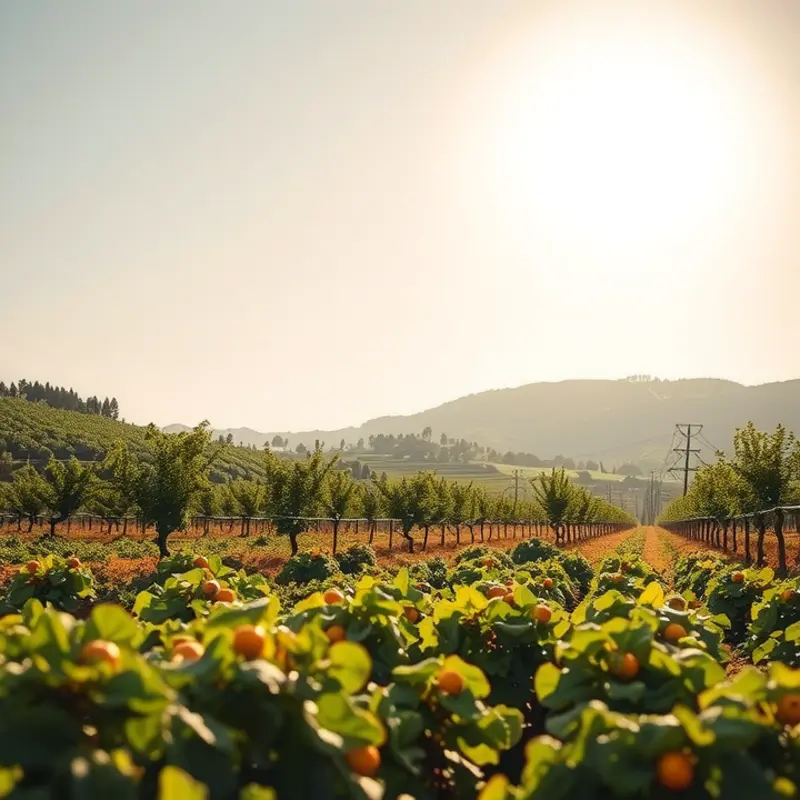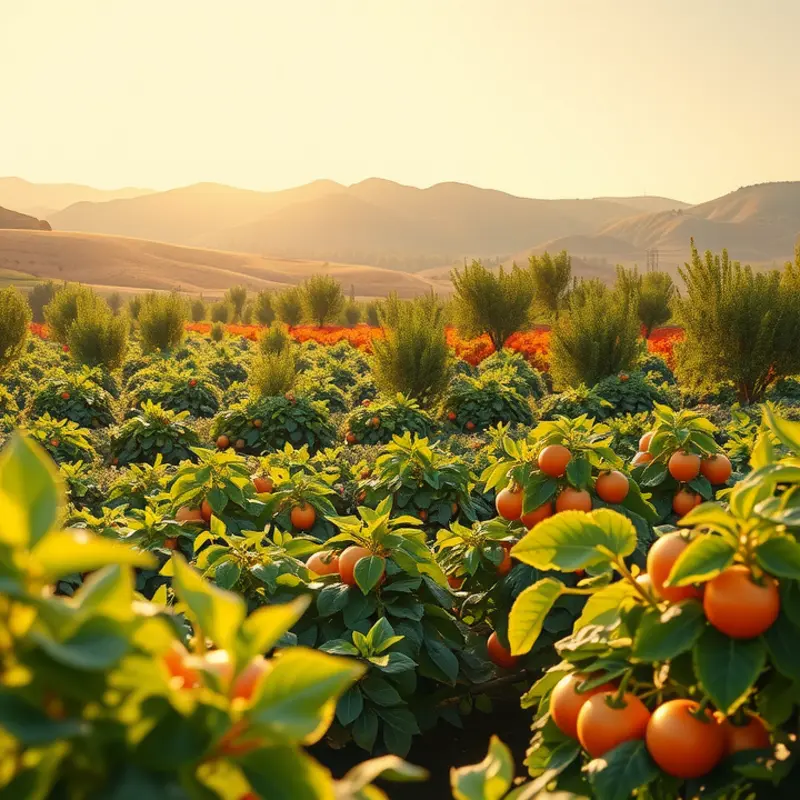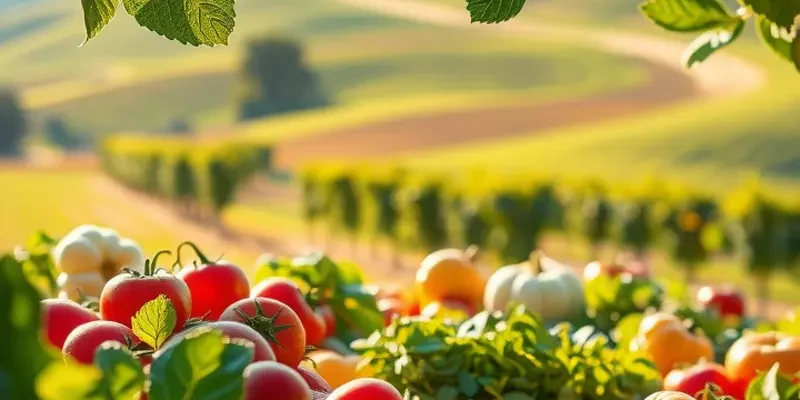Managing food scraps sustainably is an essential aspect of creating an eco-friendly kitchen. With practical strategies, you can store food effectively, minimize waste, and improve your overall food management at home, contributing to a healthier environment and budget. Let’s explore actionable tips that seamlessly integrate into daily routines, helping you make the most of every meal while preserving our planet’s resources.
Storing Food Scraps Wisely

Effectively storing food scraps is a key component of reducing kitchen waste. By adopting smart storage strategies, you can keep your kitchen tidy and extend the life of your leftovers and scraps. Start by using airtight containers for most of your scraps. These containers limit exposure to air, which can cause food to spoil faster. When selecting containers, prioritize those that fit well in your refrigerator or pantry to conserve space.
Another practical method involves using resealable, reusable bags. These are especially useful for vegetable peels and small scraps. Ensure you remove as much air as possible before sealing to maintain freshness. Additionally, for herb stems or leftover leaf greens, consider wrapping them in a damp paper towel inside the bag. This trick helps retain moisture, preventing wilting.
Proper refrigeration is crucial in extending the life of your food scraps. Vegetables like carrots, celery, and onions store well in the fridge. Make use of crisper drawers, which are designed to maintain optimal humidity levels for produce. Similarly, stale bread can be revived by refrigerating it in a bread box or wrapping it in a cloth bag, which absorbs excess moisture and maintains its crust.
Food scraps like fruit peels and dairy-based remnants require more attention. Citrus peels can be stored in a jar in the fridge, ready to be used as cleaning aids or zest for recipes. Dairy scraps, such as the ends of cheese blocks, should be wrapped in wax paper and then placed in a container. This double-layer approach minimizes air exposure and retains moisture.
For those interested in composting, storing compostable food scraps properly indoors helps avoid odor and mess. A small, stainless steel compost bin with a filter can keep smells contained until you’re ready to transfer to an outdoor compost pile. Always remember to chop scraps into smaller pieces to speed up the composting process once transferred.
Lastly, exploring creative ways to repurpose food scraps can significantly reduce waste. Consider making vegetable broth from excess peels or creating breadcrumbs from stale bread. Not only does this practice minimize waste, but it also provides homemade ingredients that enhance your culinary repertoire. For more on efficient storage techniques that are environmentally friendly, visit our eco-smart kitchen storage guide.
By implementing these practices, you can optimize your kitchen’s efficiency and contribute to environmental conservation. It’s all about finding the balance between organization and creativity, ensuring every scrap is either used or stored for the future.
Creative Ways to Minimize Waste

Transforming food scraps into valuable resources is a rewarding venture. Not only does it reduce waste, but it also encourages creativity in the kitchen. Start with vegetable peels, which hold flavors often discarded. Save peels from carrots, potatoes, and onions to create a robust vegetable broth. Simply simmer these scraps with herbs like thyme or parsley for an aromatic base ideal for soups and stews.
Herb stems are another underestimated ingredient. Cilantro and parsley stems offer a concentrated flavor, perfect for enhancing homemade sauces such as pesto. Blend them with nuts or seeds, olive oil, and a bit of cheese or nutritional yeast for a delightful spread.
Reimagine stale bread as a culinary asset. Transform it into breadcrumbs or croutons by drying in a low oven. Season with garlic powder or herbs to add zest. Alternatively, soak stale bread in a mixture of eggs and milk to craft a comforting bread pudding.
Consider fruit peels as well. Citrus rinds can be candied to create a sweet treat or zested to infuse oils and vinegar. Apple peels make a delectable apple cider vinegar, packed with probiotics when fermented for a few weeks.
Potato water, captured from boiling potatoes, contains starches that act as a thickener in sauces or gravy. It’s also beneficial for garden plants due to its nutrient content. The water from rinsing grains holds similar value; it can enrich soups or be used to water plants.
Coffee grounds, rich in nitrogen, are perfect for composting. They also deter pests in the garden or can be utilized as an exfoliant in homemade beauty treatments. Exploring more ways to repurpose kitchen scraps leads to a less wasteful lifestyle, promoting sustainability.
Embrace composting as a kitchen habit. Compost bins efficiently break down organic waste into nutrient-rich soil. This method significantly reduces landfill contributions and nurtures garden health. Starting a compost pile might seem daunting, but it becomes intuitive with practice.
To motivate others in the household, initiate challenges, like a “zero waste” dinner night, where meals only incorporate leftovers or scraps. Engage children by having them create labels for compost bins or teaching them fun facts about soil health.
For further ideas on reducing food waste, explore resources on low-waste cooking. Inspiration and collaboration contribute to a collective change in sustainable habits.
These practices not only cut down on waste but also enhance kitchen skills and creativity. The art of transforming scraps into something useful is a testament to culinary innovation and environmental stewardship.
Final words
Implementing sustainable practices for managing food scraps is a significant step towards reducing waste and fostering a healthier environment. By adopting smart food storage methods and creatively utilizing scraps, you not only maximize the utility of your food but also contribute positively to the planet. Remember, every little effort counts, and with these practical tips, you can inspire a greater change in your community. Start today and make your home a beacon of sustainability.







